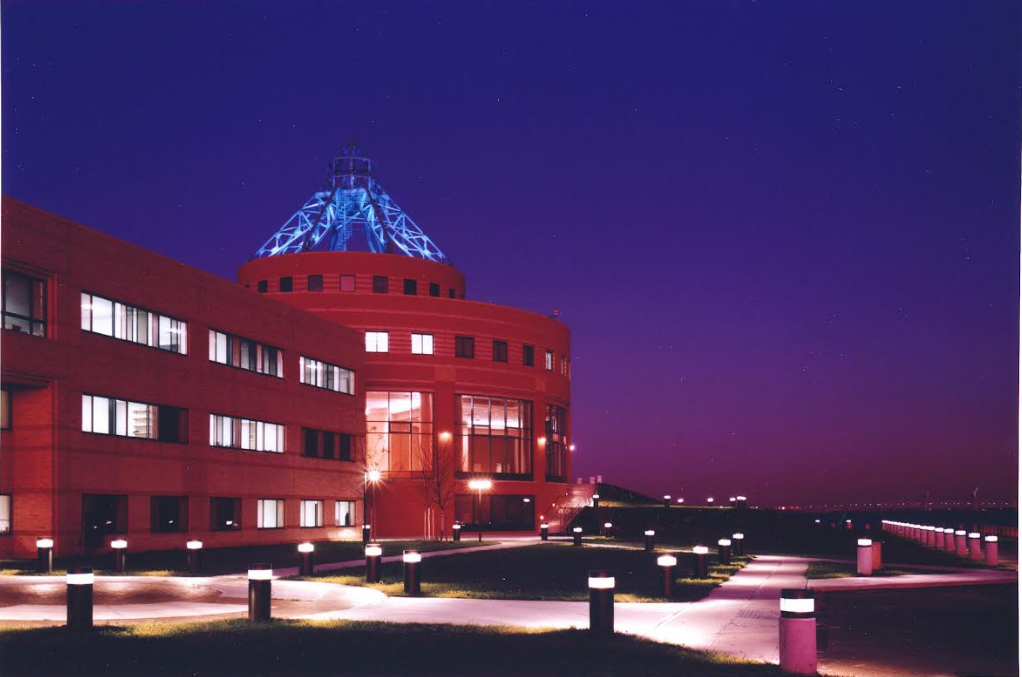Brooklyn projects on the drawing board are geared to climate resiliency

A new pilot program to help ensure new city infrastructure and public facilities are prepared for the worsening impacts of climate change, including intense rainfall and coastal storm surge has been announced this week.
Under this program, 23 city capital agencies will begin designing and constructing dozens of new projects using the NYC Climate Resiliency Design Guidelines, which were developed by the Mayor’s Office of Climate Resiliency (MOCR). These guidelines translate future-looking climate change projections into technical guidance that engineers and architects will use as they design roads, buildings, sewer systems, hospitals, public housing and more.
Forty pilots were selected through a rigorous process that considered climate exposure, equity, and project scope. They range in budget from $3 million up to $1 billion and include a wide diversity of facilities spread across all five boroughs.

Brooklyn Boro
View MoreNew York City’s most populous borough, Brooklyn, is home to nearly 2.6 million residents. If Brooklyn were an independent city it would be the fourth largest city in the United States. While Brooklyn has become the epitome of ‘cool and hip’ in recent years, for those that were born here, raised families here and improved communities over the years, Brooklyn has never been ‘uncool’.